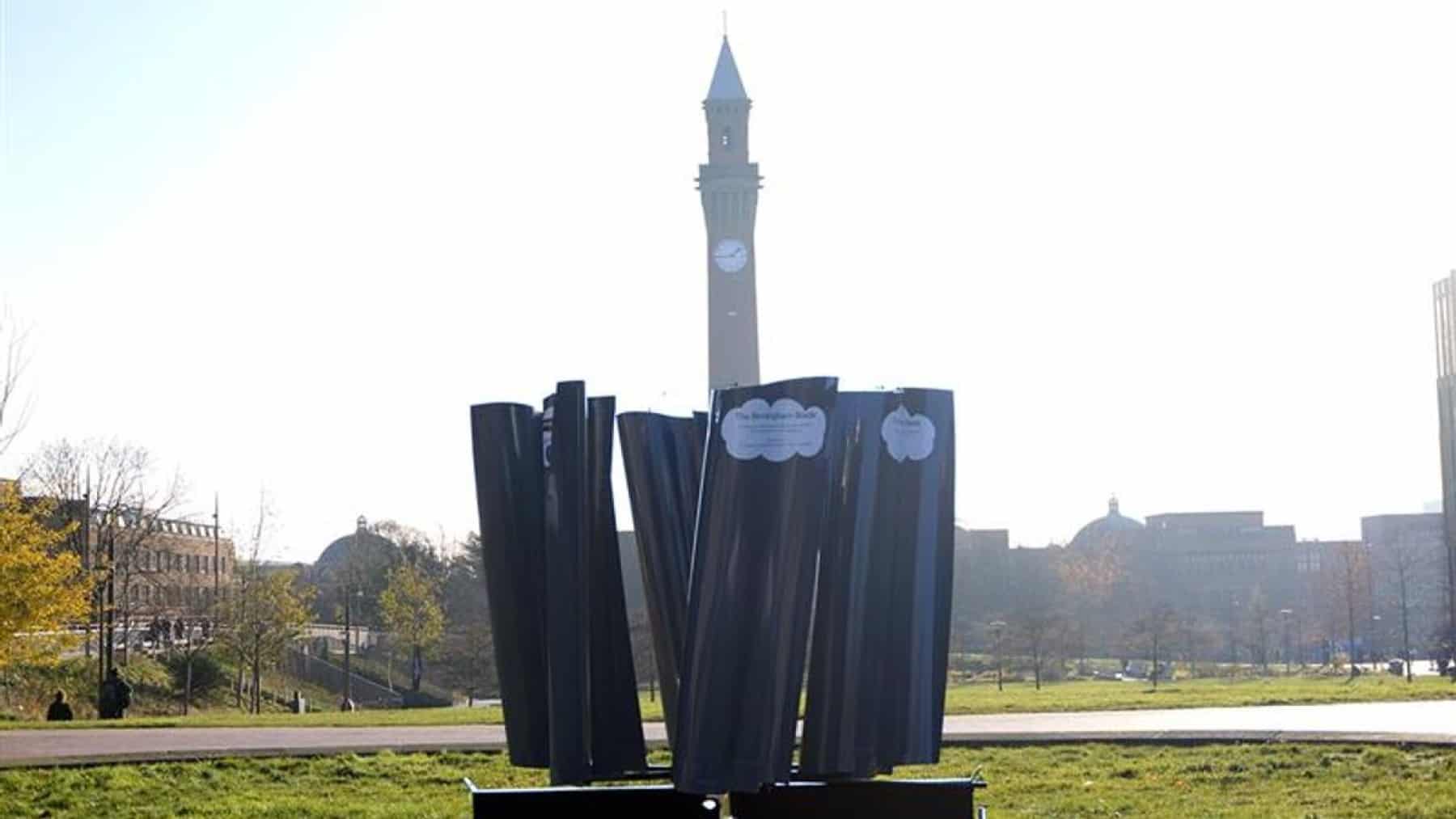In Birmingham, engineers have unveiled a turbine prototype that could triple the output of conventional small-scale wind. It’s not the type that stays offshore or in the countryside. This can slip between buildings, harvesting energy where solar panels fall short. Could this be the revolution to renewable energy America has been waiting for? Let’s dig in.
The conventional shift from solar to wind in cities
For years, photovoltaics were the standard order for renewable energy. People associated ‘going green’ with having many solar panels on the rooftop. But then, energy from sunlight is not consistent. It fades under winter, weakens under cloud cover, and disappears at night.
You can’t say the same for Wind, because regardless of the time of the day, it’s present round the clock, funneled through alleyways, and bouncing off glass towers. With AI turbine changes, we not only redefine energy conservation, but we’re now able to complement and replace panels where shade makes photovoltaics inefficient.
Photovoltaic plateau: the renewable energy paradox
That doesn’t mean Solar isn’t booming in America; it still is. The issues with sustainability stem from the cost of batteries and panel efficiencies under weather conditions. Even next-gen perovskite cells are not so durable.
Add this up, and the country faces what experts refer to as the ‘Photovoltaic Plateau’; with every increase in growth comes a more costly means of access per unit of power. It gets harder and unpredictable. A cloudy week can plummet production. Not to add that energy managers must juggle backup plants and expensive batteries. This plateau inevitably opens the door for new contenders.
Incorporating the innovation of AI into turbine design
Traditional turbines have long followed decades of aerodynamic modeling. Right now, that is undergoing disruptive changes thanks to artificial intelligence. AI doesn’t just model, it tests thousands of variations in minutes, then spits out designs even no human team could think of.
With its help, we now have an urban-scale turbine with reshaped blades and a reworked flow part that is incredibly optimized for the city’s turbulent winds, like this powerful, wavy turbine purifying energy. By tripling output on the same footprint, this turbine can crack long-standing barriers and make wind energy viable in dense, uneven landscapes.
Turbines that can squeeze into tight places
AI turbines challenge solar panels with not just their efficient functionalities, but with the ability to squeeze into overlooked spaces; office towers, building edges, and highways. Unlike the giant traditional three-blade turbines, they’re quieter, smaller, and very adaptable.
They catch swirling air currents that solar panels cannot touch. This doesn’t mean that wind would eradicate solar. In urban grids, turbines would outperform photovoltaics sooner than you ever expected.
The new era: A future where wind sets the pace
The Birmingham prototype is just the beginning. Analysts are predicting that turbines could supply more energy to meet significant city demands if deployed in clusters. Think of how downtown skylines would be studded, not only with solar panels, but with compact turbines humming between buildings.
The grid would be more local, balanced, and less dependent on solar cycles. By continually refining designs through machine learning, AI makes it possible for each new turbine generation to perform better than the last. That’s a cycle that photovoltaics struggle to match.
The world has seen wind turbines before, but not one powered and redesigned with AI. It offers America a more reliable renewable energy source that works day and night. Photovoltaics would soon lose their monopoly, and if this is a glimpse of what AI can engineer, like this groundbreaking innovation by China to avert meltdown, then we’re only just getting started with what is to come.
Disclaimer: Our coverage of events affecting companies is purely informative and descriptive. Under no circumstances does it seek to promote an opinion or create a trend, nor can it be taken as investment advice or a recommendation of any kind.

